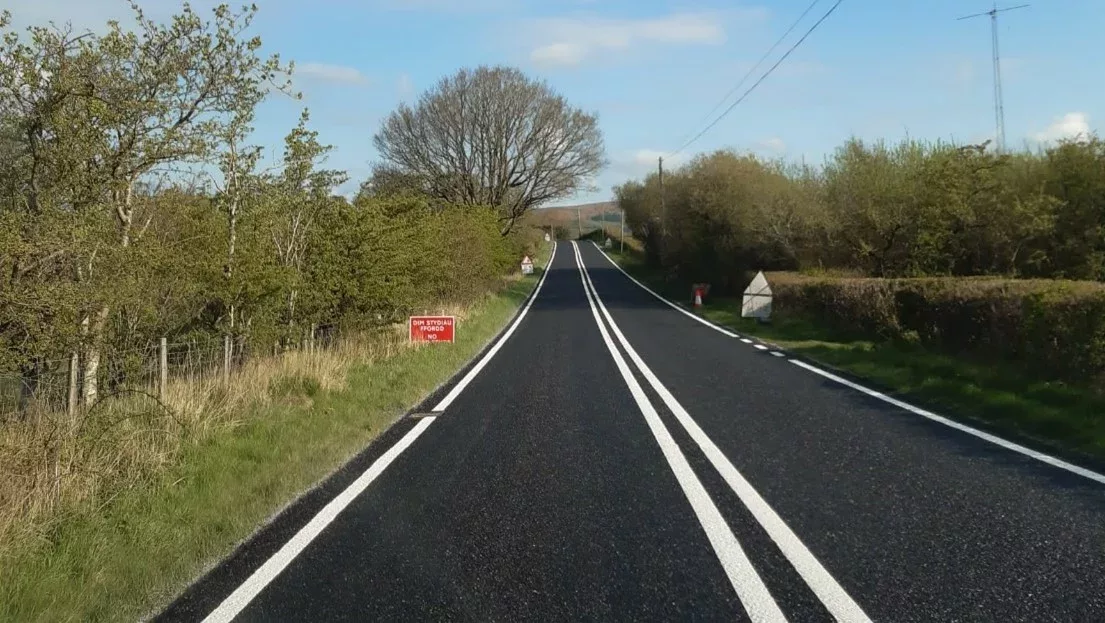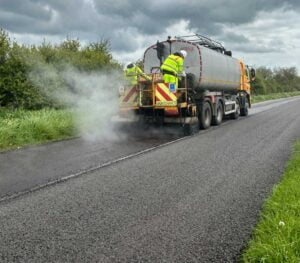The latest additional money (2023/24) for highway maintenance should be spent on preparation for surface dressing, to help prevent potholes forming in the future, and less money being spent on fixing them. In subsequent years (2024/25 onwards), the additional money should be invested into surface dressing and other preventative maintenance treatments.
These are the thoughts of Paul Goosey, Chair of the Road Emulsion Association, responding on behalf of the REA to the news from the Department of Transport of the recent allocation of £8.3 billion worth of funding over the next 11 years.
Across England, local highway authorities will receive £150 million this financial year, followed by a further £150 million for 2024/2025, with the rest of the funding allocated through to 2034.
Mr Goosey said investment in more surface dressing and other surface treatments would allow local authorities to reduce their spend on reactive works filling in potholes.
He said: “The latest highway maintenance allocations are most welcome, However, if we really want to make a difference with that money, then a significant amount needs to be invested in surface dressing to stop potholes from forming in the first place. Surface dressing helps support councils with their proactive maintenance strategies while reducing carbon emissions generated from the maintenance process itself.
“It is no coincidence that during the past 10 years, when we have seen a significant decline in the application of surface dressing, we have also witnessed an increase in the cost of pothole repairs. If the industry can reverse this decline in surface treatments such as surface dressing, then we can stop potholes forming in the first place and keep roads safer and in better condition for longer.”
Surface dressing is one of the most cost effective, low carbon surface treatments, according to new RSTA Carbon Calculator guidance.
It uses up to 75% less bitumen and up to 80% less aggregate per square metre than conventional asphalt surface course materials.
Through the appropriate planned application of surface dressing prior to the development of serious surface and structural defects (such as potholes), road conditions can be managed and maintained far more effectively as well as road lifespans extended.
Earlier this year the REA joined forces with the RSTA to launch a campaign that highlights how advances in technology is making the surface dressing process more efficient and effective.
The campaign video can be watched below:





















